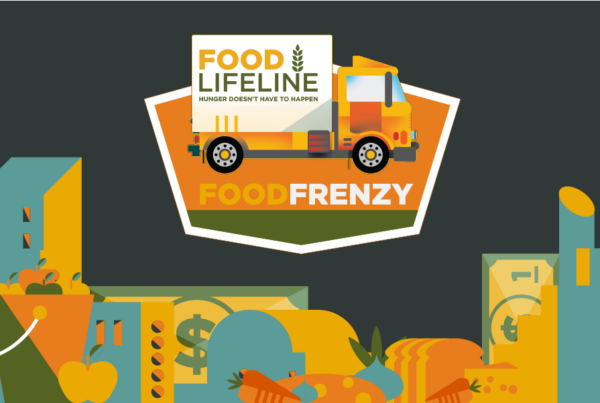Interested in keeping up with the latest research on hunger, but short on time? Here are short summaries of three recent articles on hunger-fighting programs.
Smart Social Programs
This New York Times opinion piece takes a fresh look at answering the question, “Do government efforts to support low-income families work?” The author, Jason Furman, draws on recent research to evaluate key federal social programs like the Earned Income Tax Credit (EITC), Medicaid, and of course SNAP (the Supplemental Nutrition Assistance Program, formerly known as food stamps).
Furman says, “Investments in education, income, housing, health care and nutrition for working families have substantial long-term benefits for children [and] in 2013, income and nutrition assistance programs lifted 46 million people, including 10 million children, out of poverty, while health programs benefited tens of millions more.”
Transportation Emerges at Crucial to Escaping Poverty
Although we have long had a sense that hunger is often the result of other competing basic needs, a new study described by the New York Times quantifies how transportation and commute times predict a family’s likelihood of escaping poverty.
“The longer an average commute in a given county, the worse the chances of low-income families there moving up the ladder,” reports Mikayla Bouchard
The study also found that “the relationship between transportation and social mobility is stronger than that between mobility andseveral other factors, like crime, elementary-school test scores or the percentage of two-parent families in a community.”
Safety Net Does More to Ease Poverty Than Previously Thought, New Study Finds
The ability to effectively measure the impact of the safety net is challenging, making it difficult to advocate for programs when we can’t conclusively show the results. The Center on Budget and Policy Priorities (CBPP) recently released a new study which found that the “federal safety net may actually be doing more to alleviate poverty than previously thought.”
It found that in 2012, federal safety net programs cut the poverty rate from 29.1% to 13.8%. This translates to lifting 48 million people, including 12 million children, above the poverty line.
When looking at the impact of SNAP, CBPP estimates that it “lifted 10.3 million people out of poverty. It lifted 5.2 million people out of deep poverty.”
There’s a lot we still don’t know about how the programs and services our clients use work together to help them meet their basic needs. We do know, however, that for many it’s still not enough. By keeping track of these conversations at the national level we can better inform our work locally to ensure we’re getting the right resources to the right people in the right way.





